Learn how you can Unlock Limitless Customer Lifetime Value with CleverTap’s All-in-One Customer Engagement Platform.
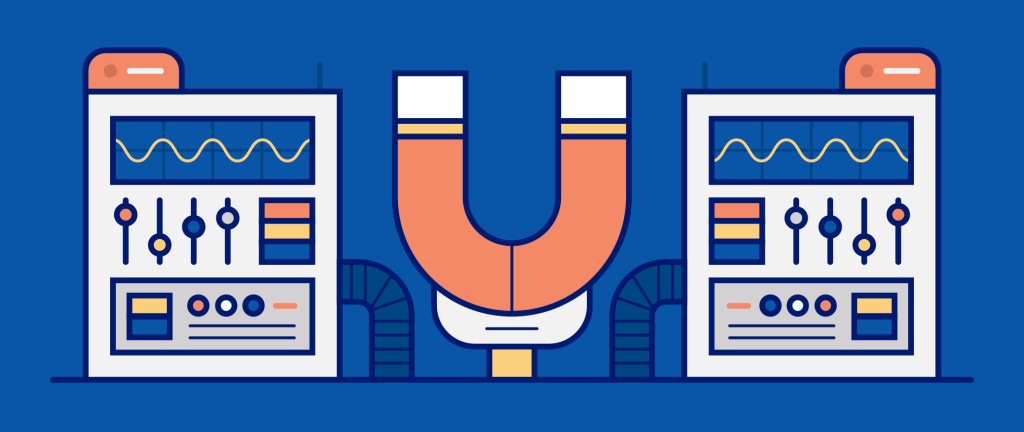
For every user action, there’s a meaningful reaction. That’s good mobile marketing.
But when you have thousands (or millions) of unique users, providing that level of personalization becomes impossible — unless you incorporate trigger campaigns into your engagement strategy.
Trigger campaigns automate engagement by sending messages in direct response to user actions (or inactions).
In this article, we discuss trigger campaigns in mobile marketing, examples of successful campaigns along the user lifecycle, and tips to trigger users into action.
A trigger campaign is when marketing messages are delivered after being activated by a certain date and time, a change in the state of current events, action on behalf of the user, or time elapsed since the last interaction.
Basically, a trigger campaign is when a marketing message is automatically delivered after a specific event has occurred.
You’ve likely heard of if this then that, but trigger campaigns are more specific: when this, send that. Trigger campaigns can be multichannel or omnichannel including email, in-app message, push notification, SMS, and more.
For example, when the user first downloads the app and signs up for a new account a trigger campaign is activated to send a series of lifecycle messages to engage and entice the user further down the marketing funnel.
After the user has their first-time user experience with the app and a week elapses with no further activity, for example, this inaction triggers a push notification campaign to re-engage the inactive users.
Trigger campaigns make the user experience feel more interactive and personalized. For example, when a rideshare user hails a ride, the app sends an SMS message when the driver is getting close to provide helpful, personalized updates.
This cause and effect relationship is why trigger campaigns are effective for increasing engagement, click-through rates, and user retention. In fact, triggered campaigns have been found to have a more than 22% higher open rate and 7% higher click-through rate compared to routine marketing messages.1
And these trigger campaigns can be used to engage customers at every step of the user lifecycle. Let’s dig into a couple examples of trigger campaigns from welcome messages to milestones.
Whether you are welcoming a newly acquired user or trying to reconnect with a long-time user who’s gone dormant, trigger campaigns are effective for connecting on a personal level.
Below we cover 10 types of trigger campaigns to send at each stage of the user lifecycle:
When a new user downloads your app and signs up for a new account you have a brief window to impress the user with your app’s value proposition. This is why your welcome message should provide insights into your app’s benefits.
First-time user experiences are often not as memorable for users as mobile marketers would like. Using the welcome message trigger campaign as a method to quickly re-introduce your app will likely increase brand recognition.
For example, after signing up for Wikibuy, a welcome message email was delivered that quickly summarizes what value the product can offer if used consistently.
Perhaps the user signed up for the coupon code feature of Wikibuy, but had no clue they also offer credit back on purchases. The welcome email keeps the company top of mind and introduces the user to an unknown feature. 
When a user downloads an app for the first time, chances are they have very little (if any) idea of what the app can really do.
Introducing users to your app’s features should be a top priority but you run the risk of overwhelming users with too much at once. Trigger campaigns can be helpful for the onboarding process, reducing the risk of overloading users with too many steps.
When the onboarding process becomes time-consuming and frustrating for users, it can drive them to exit the onboarding flow and potentially uninstall the app forever.
Instead of bombarding the user with hints, tips, and guides that disrupt the UI, provide them with a concise in-app message, email, or push notification to avoid disrupting the app’s user experience. 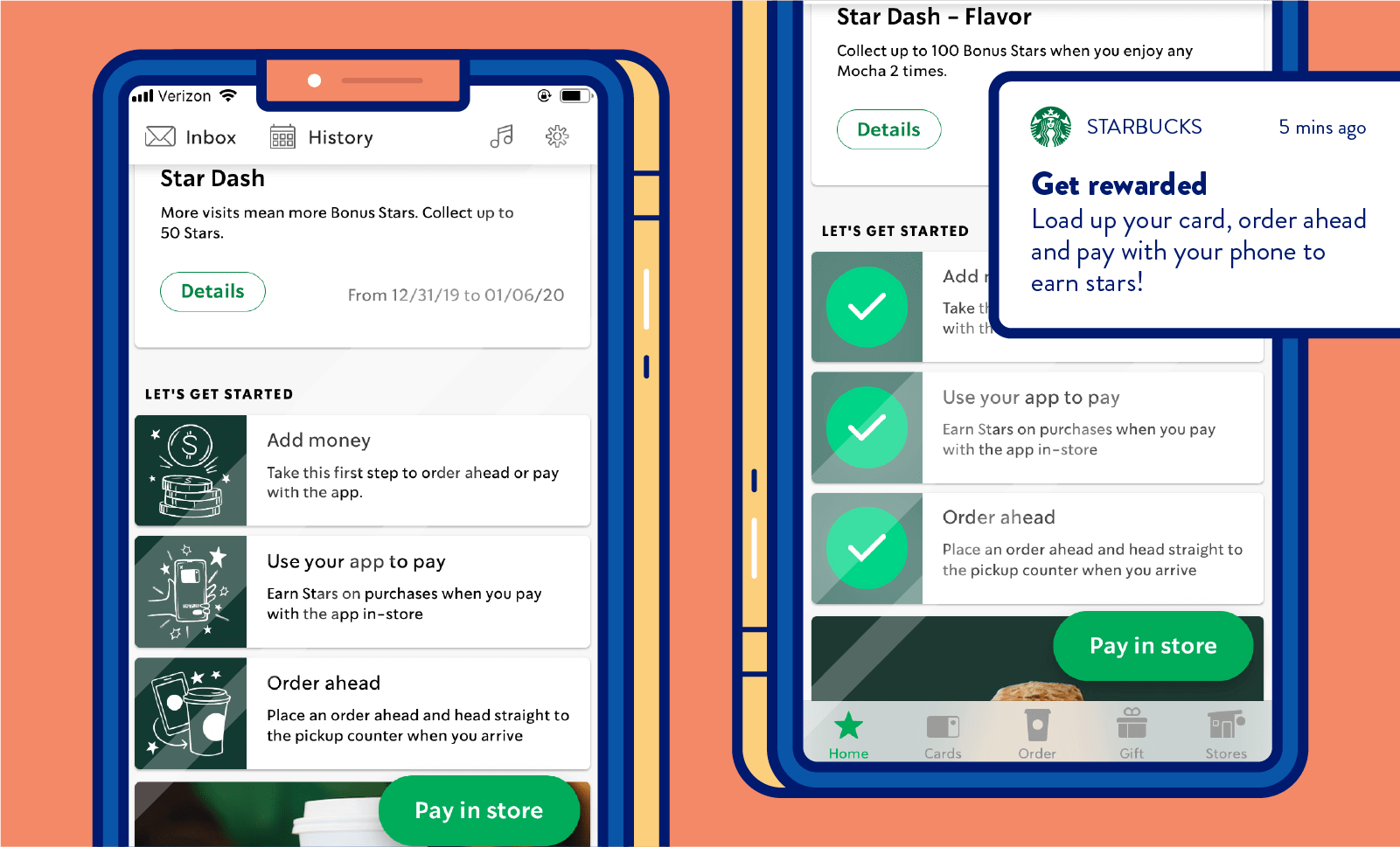
In this example, Starbucks sends a push notification with a concise description of the steps to get onboarded and start getting value from the app.
Starbucks also provides a helpful dashboard within the UI of the app recapping the suggested onboarding flow. When complete, the UI triggers an update and is ultimately replaced by other features, offers, and trigger campaigns.
The average app loses the majority of new users within the first 72 hours of download.
Trigger campaigns are effective for sending personalized and timely messages within that first 72-hour period and beyond. Some apps use gamification techniques to motivate users to play a point system for some advantages, prizes, and offers.
Once users are onboarded successfully in the Starbucks app, for example, a campaign is triggered encouraging the user to use the app within a certain time frame to collect bonus points. 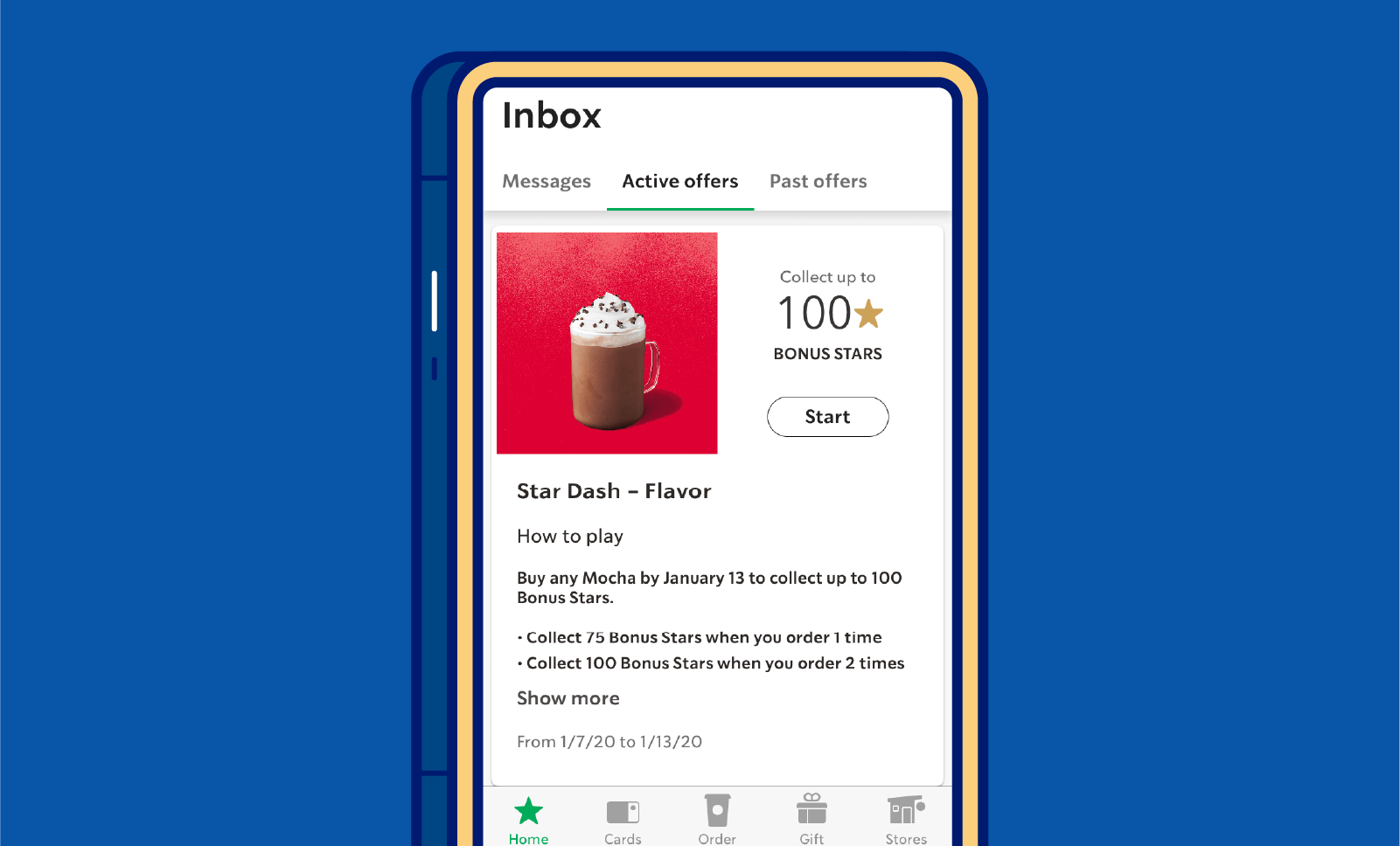
Trigger campaigns are also used to reactivate users that have gone dormant.
Using an RFM analysis to determine cohorts that are about to sleep or already hibernating can be helpful for sending reactivation trigger campaigns.
Within these campaigns, you can feature new services, products, updates, coupons, etc. to entice users who may be in the process of churning.
Spotify does a great job of reactivating users with their Release Radar newsletter. This trigger campaign is personalized to send new music from the user’s favorite artists. 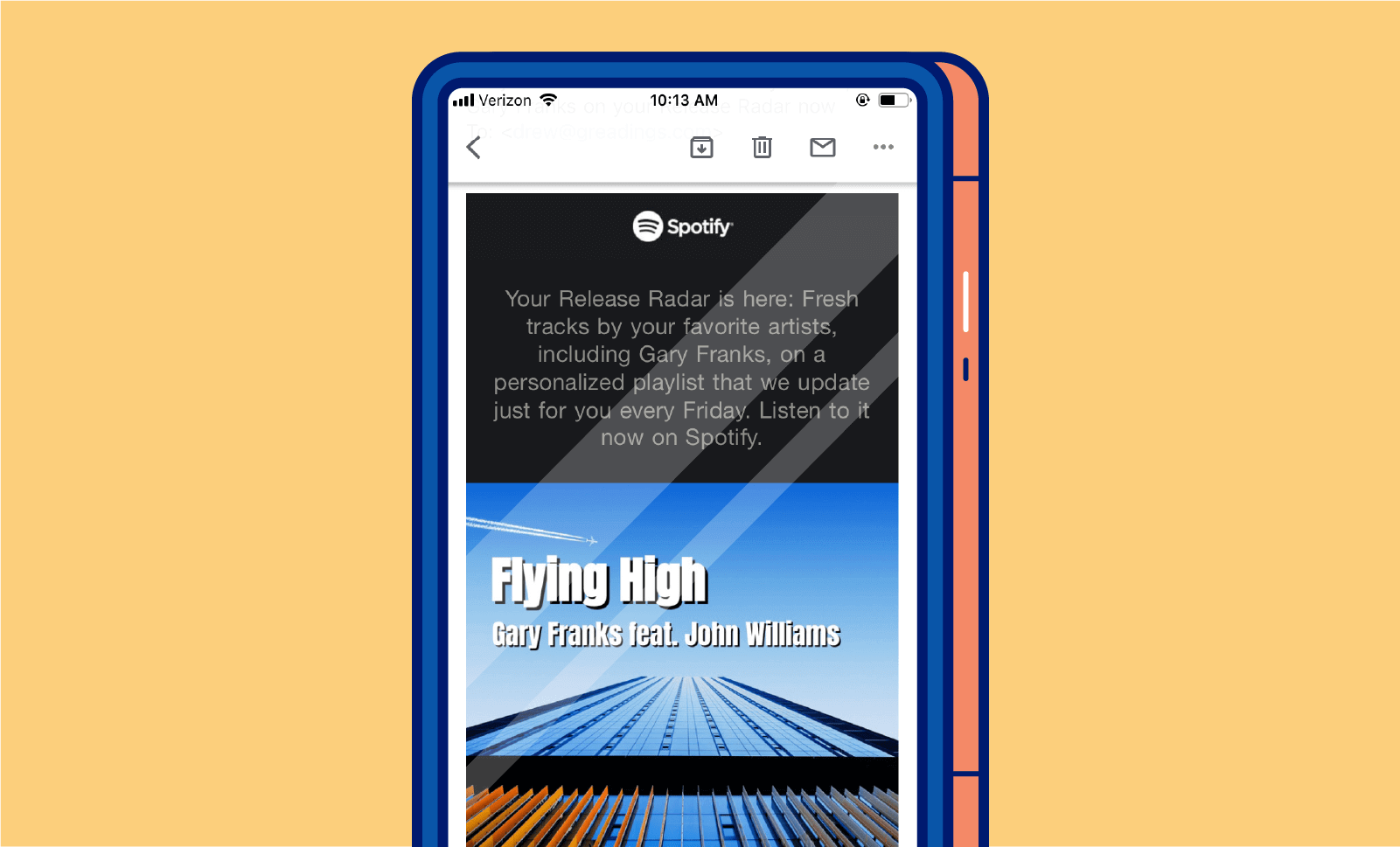
Transactions should be triggers.
Whether you are simply providing the user with a message confirming the transaction was successful or if there are ongoing processes after the initial transaction, like production or shipping updates, notifications to the user should be automated.
In the example below, when an order is executed and ready for pickup, an email is triggered to notify the user. This is especially helpful in the event the order is produced, ready, or delivered before the initial estimate. 
Any events or changes regarding a user’s account is a great time to trigger a campaign. Whether it’s an update on authentication codes, security concern alerts, or a personalized offer to an individual’s account, users will be interested to receive these messages.
Many apps today have implemented two-factor authentication which takes advantage of trigger campaigns to verify that the person attempting to log in has access to the contact method on record. This additional layer of security helps prevent weak passwords from vulnerability.
Usually, the auth code is sent via SMS or email, but in some cases, the mobile app can be used to authenticate login attempts from new web devices.
In the example below, a questionable purchase triggered a fraud detection campaign to confirm whether the account has been compromised or not. 
Personal events and achievements by your users deserve recognition.
Trigger campaigns activated by progress, improvement, or achievement of a goal are effective for keeping users motivated to use the app.
For example, when an exercise tracking app is triggered by actual usage and achievement, the campaign provides a confidence boost and reason for working towards the next goal or milestone. 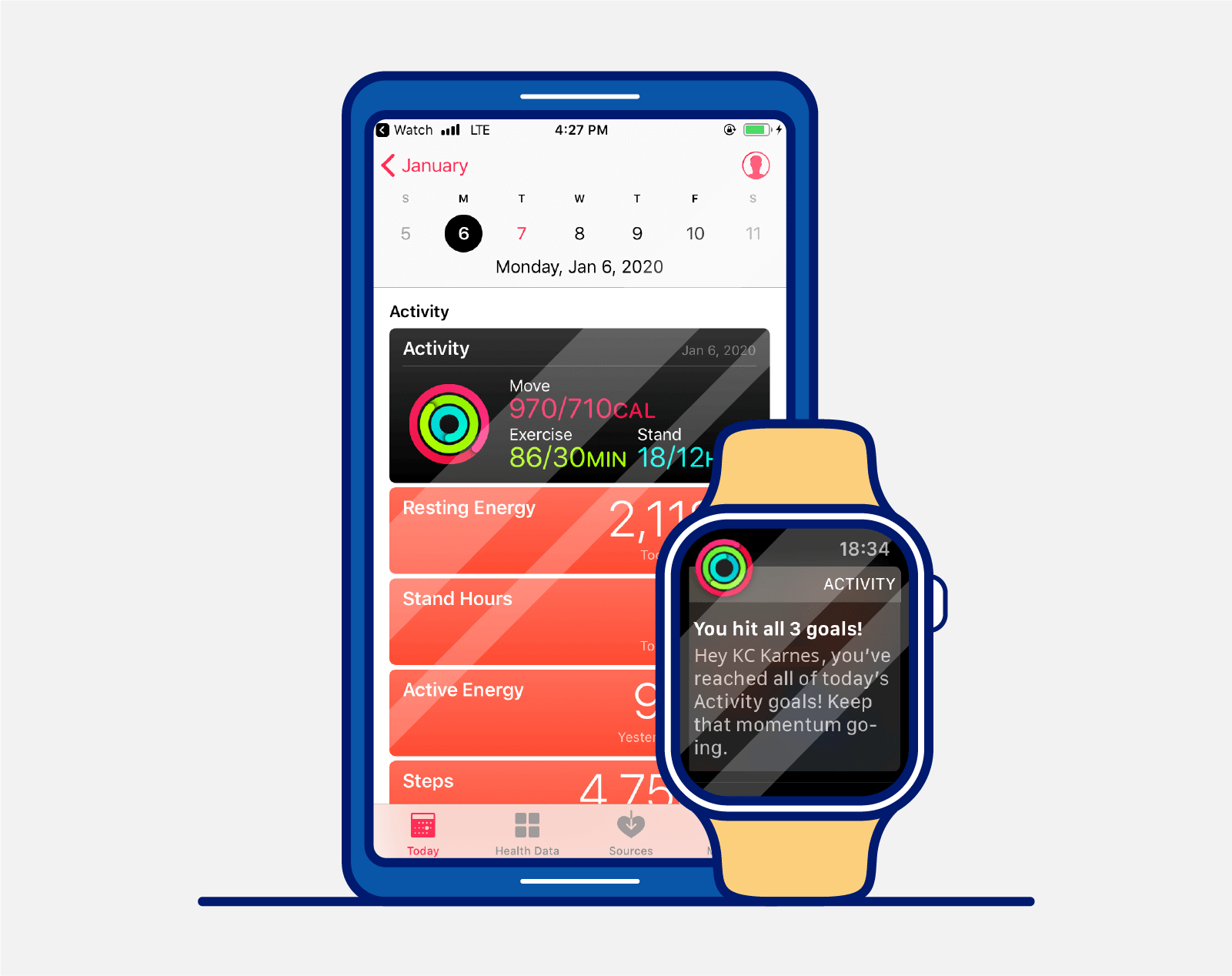
Similar to the above, when a personal milestone is reached in the user lifecycle, a trigger campaign is a great retention strategy.
A year in review campaign is a great way to recap how valuable and vital your app was in the life of your user. These highly personalized usage recaps are also highly shareable. For example, Pocket’s top reader award is effective for boosting the user’s ego and Spotify’s #spotifywrapped was shared by thousands of twitter accounts.2
When your app relies on events in real time, trigger campaigns become less of a marketing technique and more of a feature. Food delivery and ridesharing apps, for example, rely on updates in real time to connect couriers with patrons and drivers with riders.
If the app fails to alert users or users fail to notice updates within the app, omnichannel messages are triggered via SMS and/or push notifications. 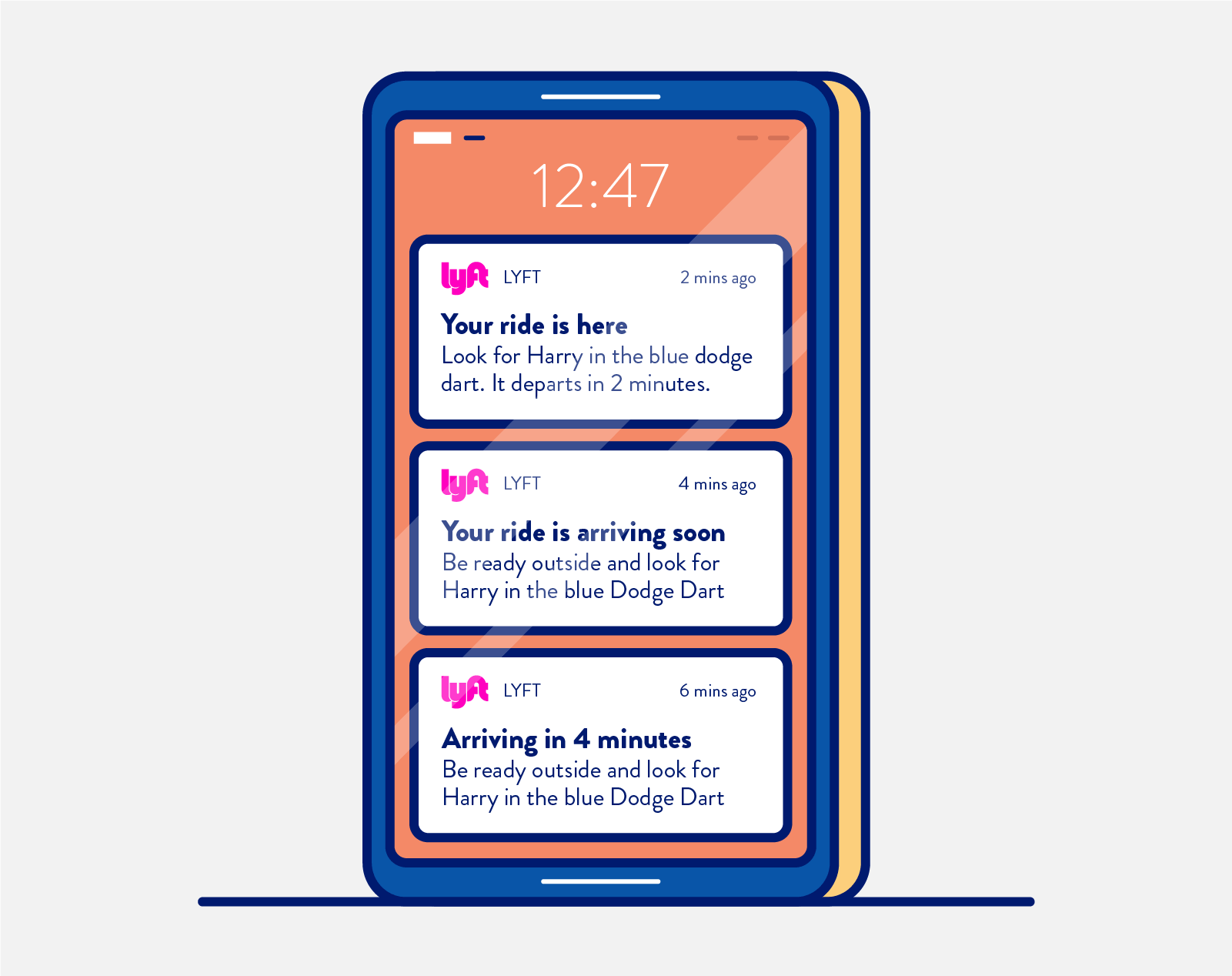
When there is a deadline for an event or offer, trigger campaigns are effective for driving the desired action.
Different from campaigns where changes are made in real time, impacting the app’s state, these time-sensitive campaigns are used when there is a date and time set for expiration.
In the example above, Khan Academy triggered a campaign as a deadline quickly approaches (1 day left!). 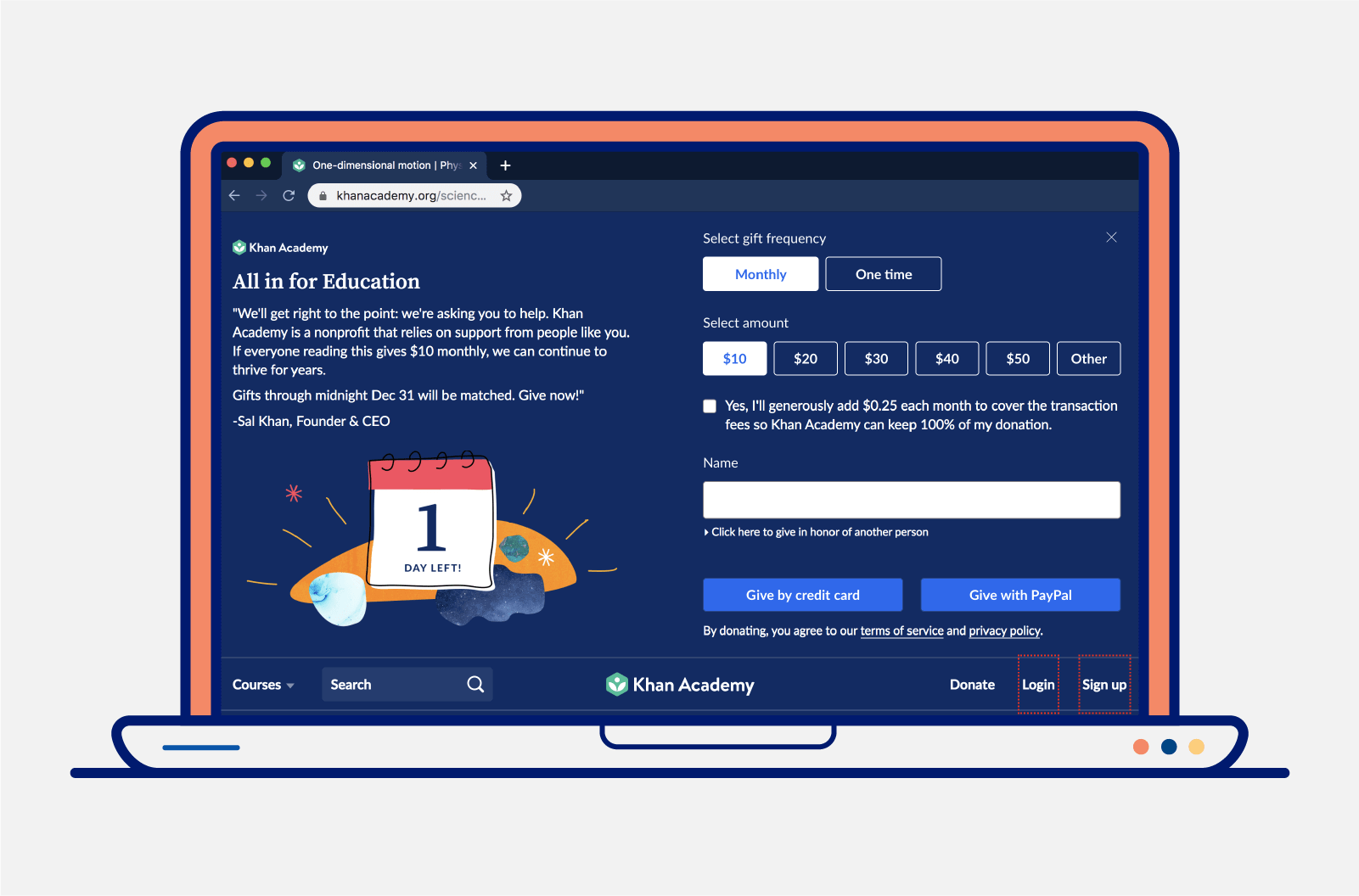
Trigger campaigns will literally send themselves once set up correctly but they are not a set it and forget it strategy. Like any successful marketing campaign, you must split test, measure results, recalibrate, reset, and repeat.
Here are some ideas to make trigger campaigns more impactful:
Depending on the subject matter of the message, the ideal channel can vary greatly. Security concerns, for example, should trigger messages across more than one channel to ensure the user is adequately notified and aware of a threat.
For example, when an email login occurs from an unknown region, the security code is sent to the user’s mobile device. An email is also triggered to notify the user of the recent activity, just in case a hacker has access to the mobile device and vice versa.
The app inbox is a strategy for keeping a repository of marketing messages within the app itself while refraining from interfering with the UI.
Many apps choose to show onboarding tips and notes within an already overwhelming user experience. Setting up an App Inbox for users to manage their marketing messages can be helpful for users wanting to reference earlier notifications, while allowing them to read the messages at their leisure.
A roadmap is only helpful if the street signs match the street names on the map. Road signs can also provide helpful context for upcoming road conditions, rest stops, resources such as food and gas, and more.
Road signs are like the analog version of trigger campaigns in that their physical location is what triggers their messages, such as an upcoming restaurant or gas station. Many people rely on these timely billboards and signs to trigger their pit stops.
The user journey map can be your template for when and where to trigger your marketing campaigns. From the moment a user downloads the app to the moment when it’s been days, weeks, or months since their last use, it’s important to differentiate these campaigns.
Whether it be a push notification, in-app message, email, or any other channel for reaching your users, the user’s action should elicit a reaction.
Our job as mobile marketers is to pay attention to what our users do within the app and respond accordingly. Although we can’t physically be there to craft messages to each and every user, automating these messages through trigger campaigns can activate users on our behalf.
The purpose of triggered and scheduled campaigns is to automate engagement across different channels at the right time and in the right way. Learn more about how they can enhance your messaging strategy and sign up for a demo to learn how CleverTap can level up your customer engagement and retention. 

A Marketer’s Guide to Personalizing User Experiences